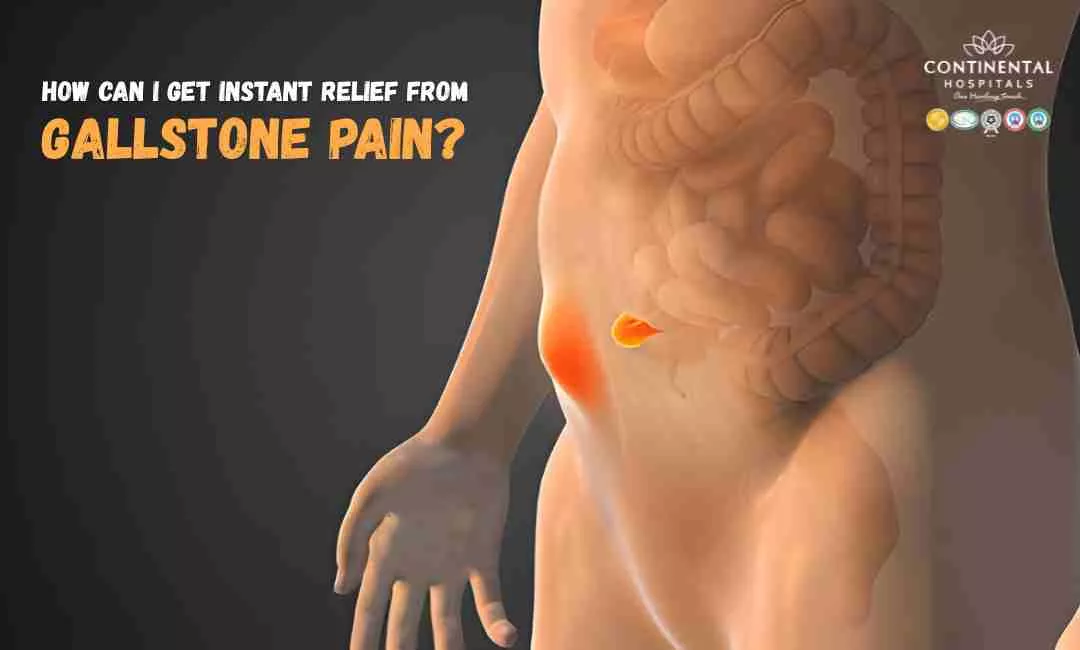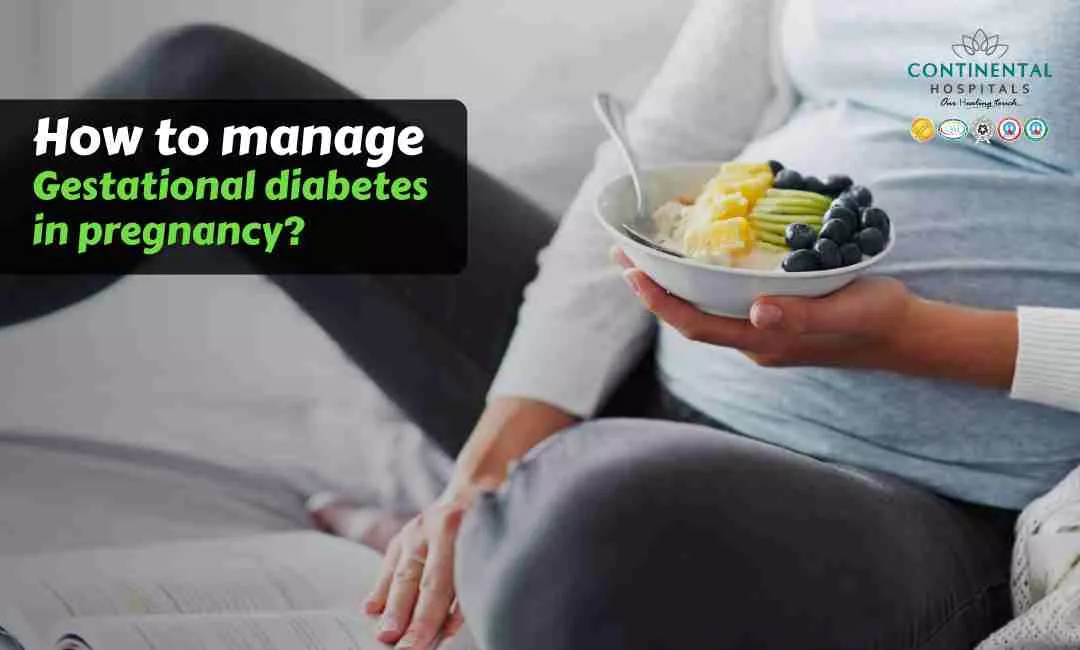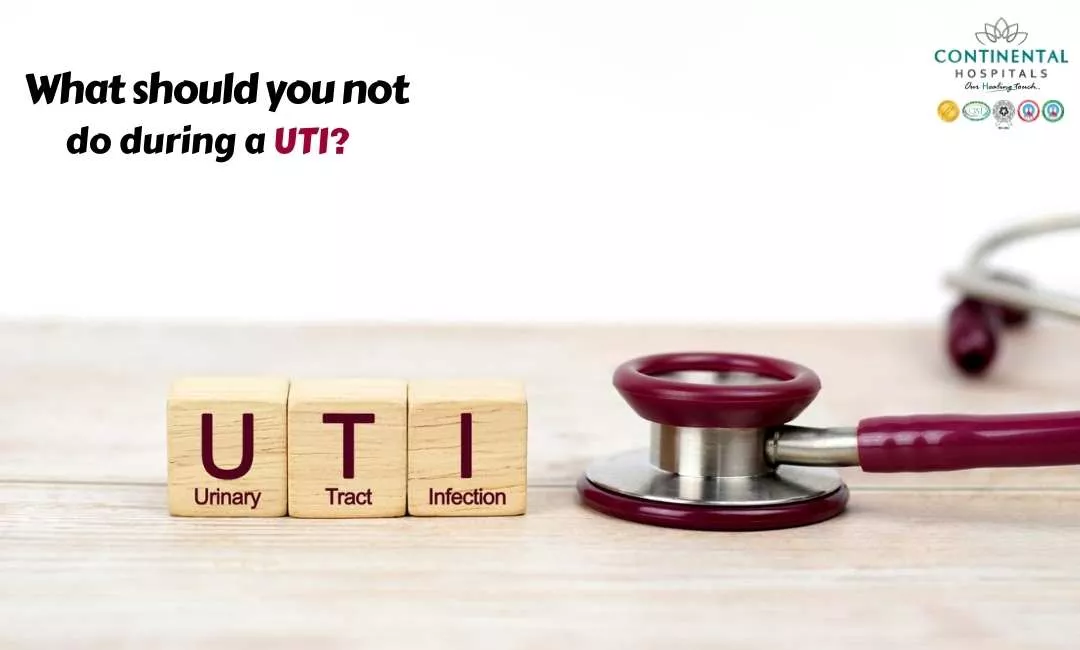After a hearty meal, the idea of hitting the gym or going for a run might seem appealing. However, exercising right after eating can lead to a range of issues that may hinder your performance and even impact your health. In this blog, we’ll explore why working out immediately after a meal might not be the best idea and what you can do instead.
Understanding Digestion
When you eat, your body enters a complex process known as digestion. This process involves breaking down food into smaller components that can be absorbed and used by your body. Digestion requires a significant amount of blood flow to the stomach and intestines, which helps in the breakdown and absorption of nutrients. When you exercise right after eating, the blood flow is redirected to your muscles, which can disrupt digestion.
The Impact of Exercising After Meals
1. Digestive Discomfort
One of the most immediate issues with exercising after eating is the discomfort that can arise. You might experience:
Cramping: When you exercise, your body prioritizes blood flow to your muscles, leaving less blood available for digestion. This can lead to cramping and discomfort in your stomach.
Nausea: Engaging in physical activity with a full stomach can make you feel queasy. The jarring movements during exercise can stir up food in your stomach, leading to feelings of nausea or even vomiting.
Bloating: Exercising can lead to an accumulation of gas in your digestive system, which can cause bloating and discomfort.
A study published in the Journal of Gastroenterology found that about 30% of participants reported nausea after exercising immediately post-meal, highlighting the prevalence of this issue.
2. Reduced Performance
If you choose to exercise right after a meal, you might notice a decline in your performance. The reasons include:
Lack of Energy: Your body is busy digesting food, so you may not have enough energy to perform well during your workout.
Slower Reaction Times: Digestion diverts energy away from your muscles, potentially making you feel sluggish and less responsive during your workout.
3. Increased Risk of Injury
When your body is focused on digestion, your coordination and balance may be affected. This can increase the risk of injury, especially during high-impact exercises. For example:
Falls: If you're feeling dizzy or lightheaded, you might be more prone to falls or accidents.
Strains and Sprains: A sluggish body can lead to improper form during workouts, increasing the risk of strains and sprains.
Timing is Key
So, how long should you wait before working out after eating? The answer can vary based on the size of your meal and the intensity of your workout.
1. Light Snacks
If you've had a light snack, such as a piece of fruit or a yogurt, you may be able to work out within 30 minutes. These types of snacks are generally easier to digest.
2. Moderate Meals
For a more substantial meal that includes proteins, carbohydrates, and fats (like chicken with rice and vegetables), it's best to wait at least 1 to 2 hours before exercising. This gives your body time to digest the food properly.
3. Heavy Meals
If you've indulged in a large meal (think Thanksgiving dinner or a big barbecue), you might want to wait anywhere from 2 to 3 hours before hitting the gym. This allows your body ample time to digest before you start exerting yourself.
What to Do Instead
If you’ve just eaten and you’re feeling the urge to exercise, consider these alternatives:
1. Go for a Walk
Instead of a full workout, a gentle walk can help stimulate digestion without putting too much strain on your body. Walking promotes circulation and can help alleviate any feelings of fullness or bloating.
2. Hydrate
Make sure to drink water after your meal, but be cautious about consuming large amounts. Staying hydrated is essential, but drinking too much water right after eating can also cause discomfort.
3. Stretching
Light stretching can help ease any tension in your muscles and aid digestion. Focus on gentle movements that promote flexibility without putting too much pressure on your stomach.
Listening to Your Body
Everyone’s body is different, and it’s essential to listen to your own signals. Pay attention to how you feel after eating and adjust your exercise routine accordingly. If you find that you frequently experience discomfort when exercising post-meal, it might be a sign to reassess your timing.
The Benefits of Proper Timing
Properly timing your workouts around meals can offer several benefits:
Improved Digestion: Allowing time for digestion can help you feel lighter and more energized during your workout.
Enhanced Performance: With adequate time for digestion, your body can perform better, allowing you to push harder and achieve better results.
Reduced Discomfort: Waiting to exercise can help prevent feelings of nausea, cramping, and bloating, making your workouts more enjoyable.
Conclusion
While the idea of working out right after a meal might seem convenient, it’s important to recognize the potential downsides. Understanding how digestion works and the timing of your meals can make a significant difference in your workout performance and overall health. Remember to allow your body the time it needs to digest your food properly.
If you’re looking for personalized advice on meal timing and exercise, consult our best dietician today!
.webp)














